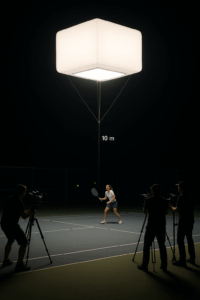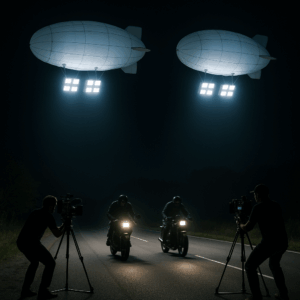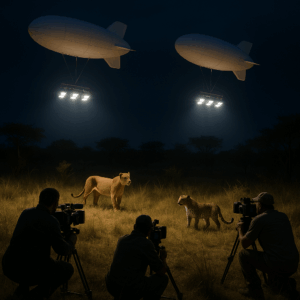Lighting has always been one of the most crucial elements in filmmaking. Whether establishing mood, directing focus, or ensuring visibility, light shapes the viewer’s perception of every frame. As technology continues to evolve, filmmakers have more tools than ever to achieve their creative vision. One such innovation making waves is the use of helium balloon LED lights. These aerial, self-contained lighting systems are reshaping production possibilities—offering soft, even light with minimal setup and footprint.
This article explores the definition, functionality, and real-world application of helium balloon LED lights, and explains why they are gaining popularity in the film industry. From their technical advantages to limitations, we aim to provide a comprehensive guide to this illuminating technology.

III. Key Advantages in Filmmaking


VII. Industry Adoption and Real-World Examples
VIII. Conclusion
Helium balloon LED lights are a compelling option for filmmakers seeking efficiency, quality, and versatility. Their ability to create soft, natural light in a wide range of conditions makes them invaluable in modern production environments. While not without challenges, their benefits far outweigh the limitations for many creative scenarios. As technology advances, we can expect to see even more innovative uses of aerial lighting in cinema.
Balloon lighting has transformed from a niche solution into a mainstream tool, embraced by cinematographers around the world. As the industry continues to prioritize mobility, energy efficiency, and visual quality, helium balloon LED lights are poised to become a standard in the filmmaker’s toolkit.
Get in touch for free lighting customization